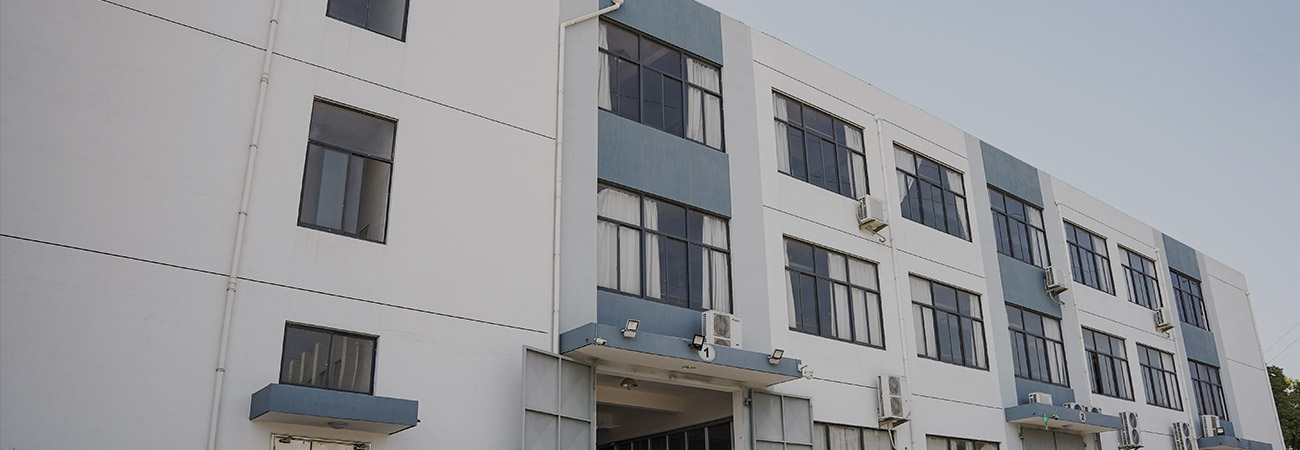What kind of material is disposable one-piece hooded dustproof isolation gown generally made of and why?
disposable one-piece hooded dustproof isolation gowns are usually made of non-woven or plastic materials. Nonwovens are versatile and cost-effective materials commonly used in medical supplies. Rather than being woven together like traditional textiles, it is made up of fibers that are bonded together through various methods, including heat and chemical treatments.
Nonwoven fabrics have several advantages when used in disposable one-piece hooded dustproof isolation gowns, including:
Barrier Protection: Nonwovens are designed to provide a protective barrier against liquids, chemicals, and other potential sources of infection. Helps prevent cross-infection between medical staff and patients.
Comfort: The non-woven fabric is light, soft and comfortable to wear. They are often designed with elasticated cuffs and collars to ensure a secure fit.
Disposable: disposable one-piece hooded dustproof isolation gowns are typically used in healthcare settings where maintaining cleanliness and preventing the spread of infection is important. Non-woven protective clothing is typically single-use and can be easily and safely disposed of after use.
Plastic materials are also sometimes used in disposable one-piece hooded dustproof isolation gowns, particularly where increased fluid resistance is required. Plastic protective clothing is usually made of polyethylene or polypropylene materials. While it has excellent liquid resistance, it may not be as breathable as a non-woven robe.
Overall, the choice of gown material depends on the specific requirements of the healthcare facility, including the required level of barrier protection, breathability, and comfort.
What specific features or design elements need to be considered when selecting an disposable one-piece hooded dustproof isolation gown for different medical scenarios or procedures?
There are some important points to keep in mind when choosing disposable one-piece hooded dustproof isolation gowns for different medical situations and procedures. First of all, the material of disposable one-piece hooded dustproof isolation gown is very important, it can be disposable non-woven fabrics, reusable fabrics, or even plastics and other materials. The material chosen depends on the level of protection required and the specific procedure being performed.
Secondly, the
disposable one-piece hooded dustproof isolation gown must have good barrier properties to prevent the passage of body fluids, microorganisms and other contaminants. This is critical to creating a protective barrier between patients and healthcare providers.
Different medical scenarios and procedures require different levels of protection, so it is important to choose protective clothing that provides the appropriate level of protection required. For example, a surgical gown used for routine patient care may differ from a surgical gown used for high-risk situations, such as surgery.
Adequate insurance is also important. Gowns should cover the wearer's front, back, arms and wrists to minimize the risk of exposure to potentially infectious materials.
disposable one-piece hooded dustproof isolation gown fasteners should fit snugly and minimize the possibility of exposure. Depending on the design, the gown may have laces, snaps, or hook and loop fasteners.
Comfort and freedom of movement are also important factors to consider. disposable one-piece hooded dustproof isolation gowns should be comfortable to wear and allow healthcare workers to move freely without restriction. Must not compromise manual dexterity or ability to perform required tasks.
Breathability is another important factor, especially during heating or when used for extended periods of time. Proper air circulation reduces the wearer's risk of heat stress and discomfort.
Gowns should be available in a variety of sizes to ensure fit and adequate protection for health care workers of all sizes.
The ease of donning and doffing the disposable one-piece hooded dustproof isolation gown is essential to reducing the risk of self-contamination. The disposable one-piece hooded dustproof isolation gown may have an open back or an innovative design to allow for quick and safe donning and doffing.
In addition, protective clothing must be compatible with other required personal protective equipment (PPE), such as gloves, masks, and face shields.
Considering these features and design elements will help select appropriate disposable one-piece hooded dustproof isolation gowns that prioritize the safety and protection of healthcare providers and patients in a variety of medical scenarios and procedures.

 English
English 中文简体
中文简体 Español
Español





















